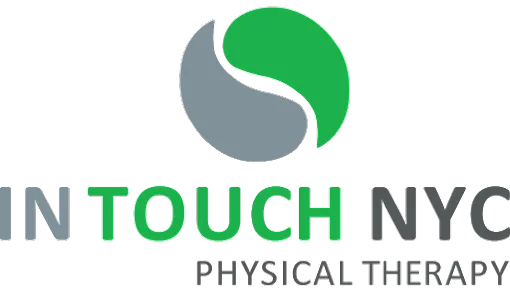While most people never think much about the muscles that support their pelvic organs (e.g. rectum, bladder, uterus, vagina, cervix, urethra), the pelvic floor is critical to the appropriate and pain-free functioning of these organs.
When pelvic floor muscles become shortened and tight or loose and weak, they can cause a host of symptoms, including the following:
- Pelvic pain
- Pain during intercourse (for women)
- Pain during urination (for men)
- Erectile dysfunction (for men)
- Constipation
- Frequent urination
- Fecal incontinence
- Vaginismus (for women)
Pelvic Floor Exercises
Kegels are the most popular form of pelvic floor exercises, and involve tightening and relaxing the muscles of the pelvis in order to strengthen them. Breathing and timing techniques often accompany these exercises, and they can also include the muscles of the lower back.
Depending upon the patient’s needs, pelvic floor exercises can be used to relax tight muscles or tighten loose muscles. Ultimately, the goal of these exercises is to restore the strength of the muscles while giving the patient greater control over their function.
A skilled and compassionate physical therapist can help you learn the pelvic floor exercises that address your specific symptoms, and provide you with an at-home regimen that will gradually improve your pelvic floor function.



